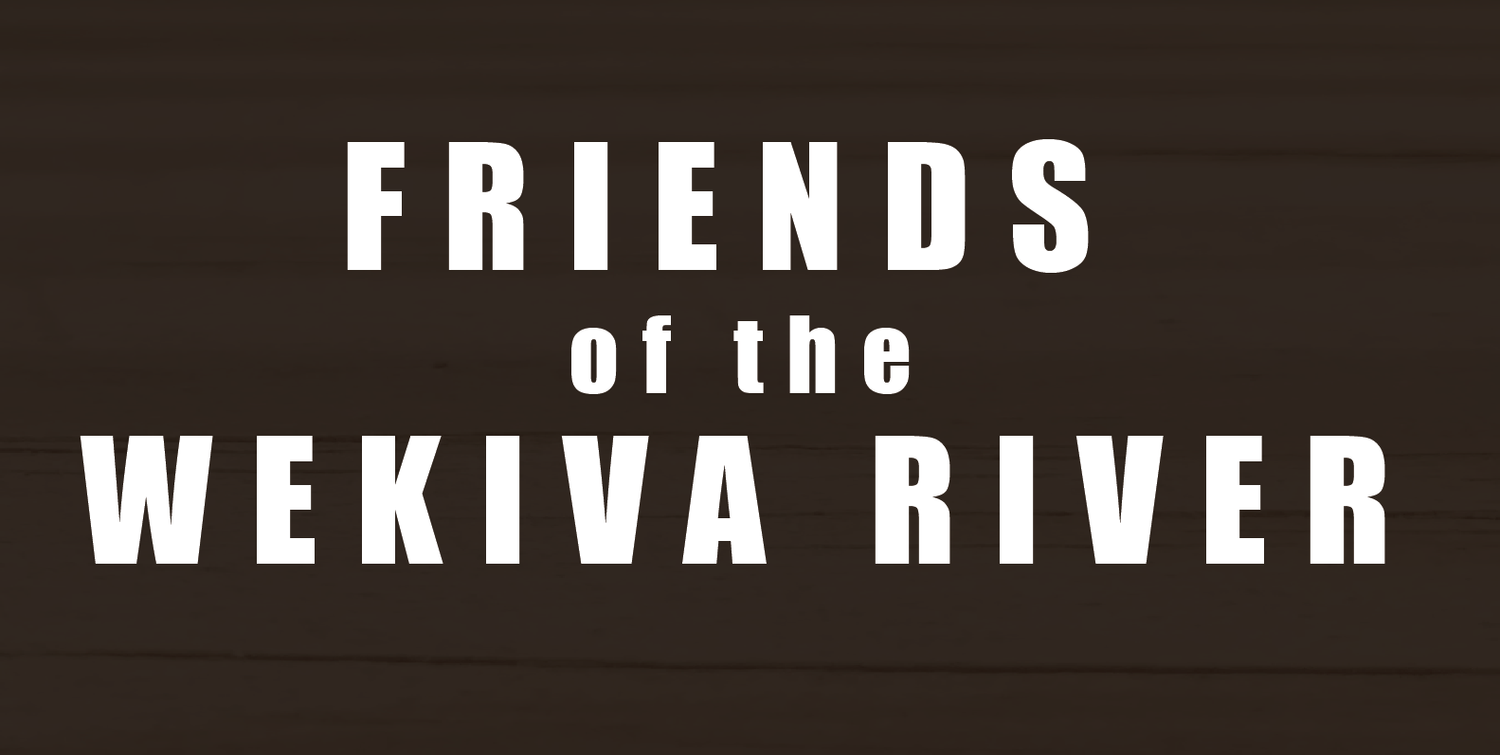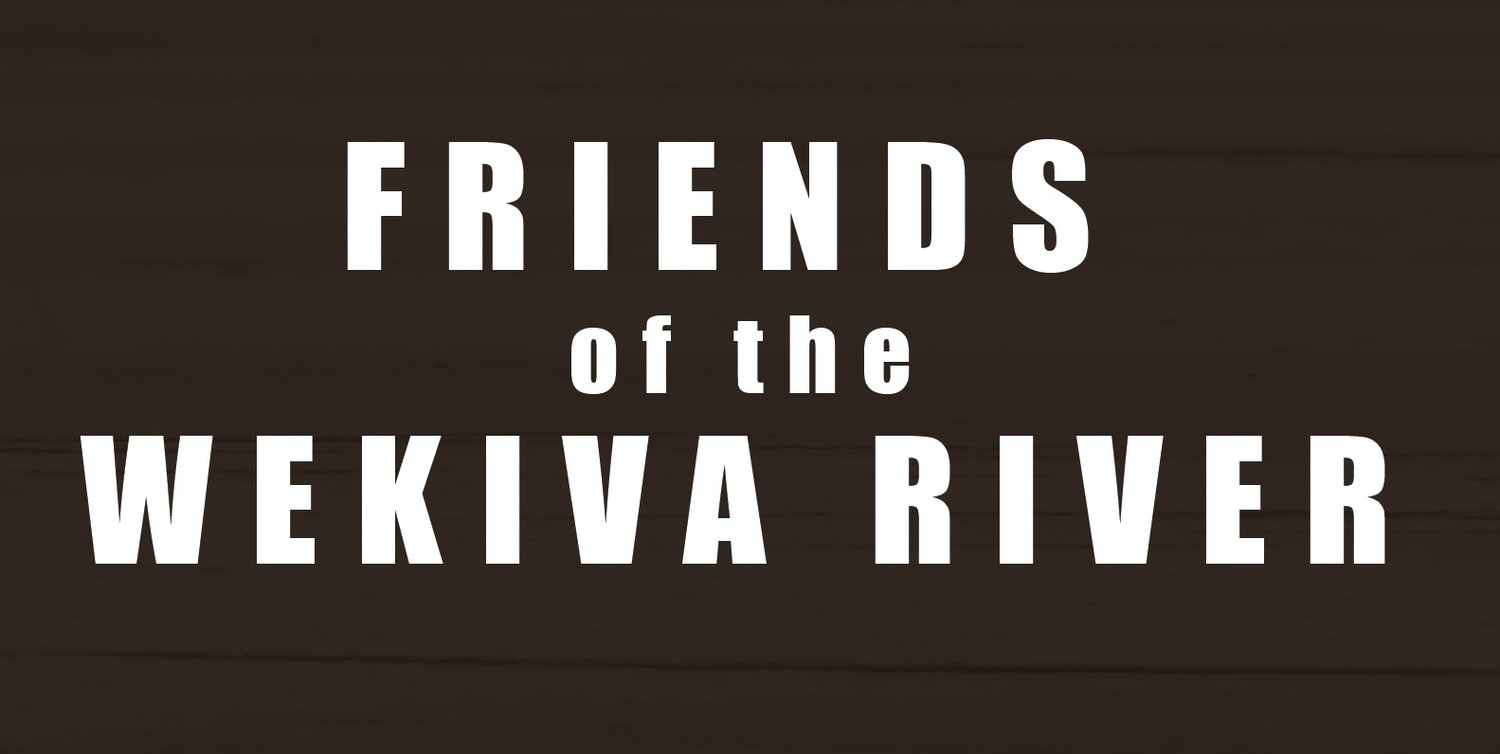New Critter Comics by Michelle J.
Common Raccoon
Northern Raccoon, Trash Panda, Procyon lotor
The common raccoon is one of the most frequently-observed mammals in North America. They’re abundant just about everywhere! And everyone has an opinion about them too. Raccoon lovers love how smart, adaptable and adorable they are. Raccoon haters think they are a nuisance. Maybe they are both depending on what we set them up for. In the end, they’re just raccoons being raccoons.
Raccoon Fun Facts:
Their mask is most likely for night vision - Dark colors absorb light so the dark fur around a raccoon's eyes reduces glare and helps them see! Just like when athlete’s apply black under their eyes. It’s not just to look cool and tough.
They have high IQ levels - They learn from past experiences, are super adaptable and can demonstrate critical problem solving. (Possibly better than some humans). Like other intelligent animals, they can be trained to dance and clap and were once used for lab testing alongside rats and monkeys. But they were so clever and strong-willed that they frequently escaped and were difficult to work with.
Their paws are like hands - They are dexterous, super sensitive and equipped with five long fingers just like humans. They just don’t have thumbs so they can’t grasp stuff like we do, but they can climb trees, open shells, seeds and smelly garbage cans with no problem.
They’re nocturnal, opportunistic omnivores - They sleep during the day and eat at night. Just like your teenage cousin. Their menu includes invertebrates, vertebrates and plants. Or pretty much whatever is around including trash, dog food and dead stinky stuff.
They don’t hibernate - The further north a raccoon lives, the more they chub up for winter. They just live off their body chub til Spring.
Male raccoons are bachelors for life - They breed once a year and then females rock the single mom life. Providing all the food, shelter, lessons and nurturing for their babies without any help from dad. They don’t mate for life or expect child support.
They’re sometimes trouble - Besides getting into pet food, bird feeders and making a mess of our trash cans they sometimes poop in pools too. They like to poo in shallow water to hide their poo from predators. The first few pool stairs are perfect for stashing poo. They’ve also been known to be aggressive towards domestic pets and can carry several canine diseases. But this is only a problem when they find food in our yards and thus, stick around too long. Securing trash, pet food and not feeding them helps prevent the foaming at the mouth, clicker-like, rabid raccoon issue.
They can live anywhere- You can find them in forests, mountains, wetlands, parks, neighborhoods, cities and your backyard. As long as there’s food, water and a place to sleep they’ll be there. There might be one in your attic right now.
Their population has actually increased along with humans - Despite the destruction of their natural habitat they are so clever that they’ve adapted quite well to urban settings. Amazing survivalists amongst the ever changing human world.
Purple Passionflower
Maypop, Purple Passion Vine, Apricot Vine, Passiflora incarnata L.
A fairly common but totally fab Florida native vine. A bodacious, vivacious, flirtatious, herbaceous (herb-like, not woody), perennial vine that can grow up to 25 ft long!
Purple Passionflower Fun Facts
Flowers - These dudes are showy. They have showy pistils and showy stamens that scream look how rad I am! Then there’s their fringy, wavy petals that look like they just got crimped for an 80’s prom. And they pull off those looks without hairspray! Super dope. They average about three inches and bloom their righteous blooms from spring to fall.
Leaves - Each leaf can have 3-5 lobes, is deciduous and dark green above but lighter below. Gnarly color changes depending on your angle.
Fruit - Around the month of May the prom-ready flowers turn into small, round green balls that turn into a large purplish ball-shaped fruit about the size of a duck egg. They’re kinda tart when eaten raw but can be sweet, rich and flavorful as a jam or juice. They’re rich with potassium and vitamins A and C which also makes them a popular ingredient for shampoo, lotions, and cream. If you step on one it pops pretty loudly. It starts growing in May and pops. Hence the name - Maypop.
Animals Love It Too - Birds, deer, hummingbirds, butterflies, bees and other pollinators all enjoy a binge on the plant or its nectar.
Native To The Southeast - From Florida to Texas, these guys are pretty chill. Being native, they evolved to their climate so they don’t need extra water or fertilizer, unlike many other popular but needy (non-native) landscaping plants and their bogus maintenance. They don’t have any serious pest or disease problems and they’re cool with full or part sun, moist or dry soil and are tolerant to cold and heat. They’re totally like, whatever man, we’re in our home enviro and can fully deal.
Popular For Groundcover Or Arbors - They are made for sprawling and crawling and can help fill in the sad, bare spots in your yard. Though their most favored use is for climbing and decorating trellises, hedges, fences, walls and columns with their fab 80’s color pop.
They Run Away Like Unruly Teenangers - In the wild they have plenty of room to stretch and can be found adding their rad flair in forests, scrubs, hammocks, fields or even in that bushy area near shady gas stations. But in domestic settings they can be sneaky. Defiantly popping up in other areas than where you planted them, spreading by expansive, underground rhizome systems. They sneak up trees, up the walls of your house onto the roof or show up in your neighbor’s yard. Luckily, regular trimming should keep them in their place. A simple enforcement of the house rules and constraints keeps everyone healthy and happy.
A Passion for Passionflowers - It’s not hard to see why folks are stoked for them. They’re a fashion statement for your yard and great for the environment and wildlife too. And you can eat them, or juice them or whatever your thing is. Adding passion to your landscaping can be totally fruitful. Literally.



